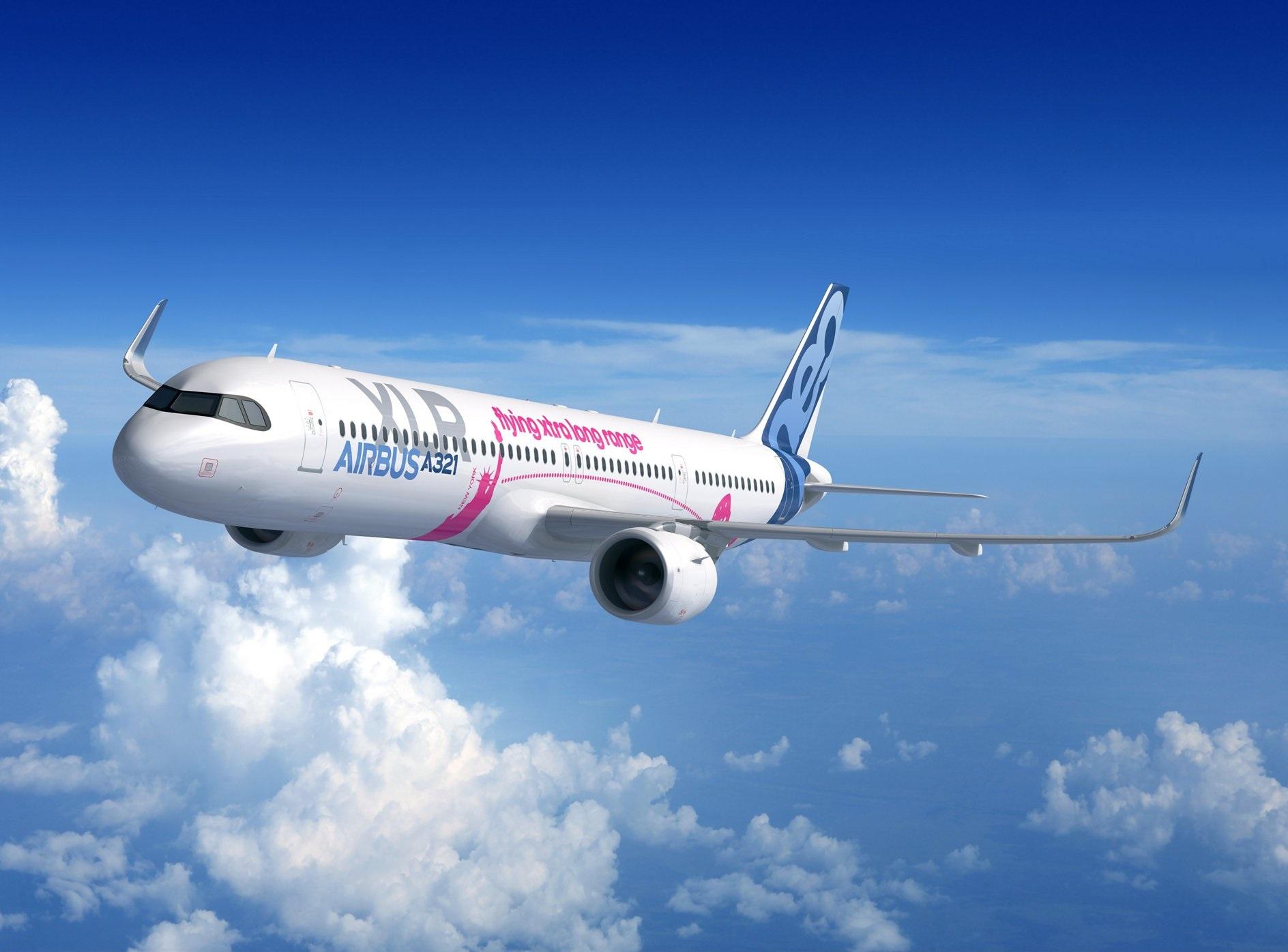Boeing Co raised concerns over fuel tank fire risks posed by the design of arch-rival Airbus’ newest narrow-body jet, the A321XLR.
Boeing told the European Union Aviation Safety Agency (EASA) that the A321XLR’s fuel tank designed to increase range presents many potential hazards. In comments to EASA, Boeing pointed out risks if a jet's wheels fail or it veers off a runway.
Airbus is marketing the A321XLR as having the longest range of any single-aisle jet.
Airbus already added optional extra fuel tanks inside the cargo bay of A321s instead of carrying the fuel in the wings and central tanks like most jets. For the A321XLR, Airbus plans to create more fuel space by molding a tank into the fuselage.
The design EASA's attention, prompting it to say that it would impose special conditions to keep passengers safe.
According to the EASA, if an integral fuselage fuel tank exposed to an external fire is not adequately protected, passengers may not have enough time to evacuate the aircraft safely.
An Airbus spokesman said the company welcomed public consultation as part of an aircraft development program and that issues raised would be addressed with regulators.
An industry source noted that extended wrangling over certification could delay the A321XLR’s service entry from “late 2023” to 2024 or beyond.
Consequently, Boeing would encourage airlines to wait a few years more for an all-new model that would leapfrog the A321XLR.
Boeing's intervention is not without precedent. A global system allows manufacturers to express concerns whenever safety rules interpretations might impact the industry.



 Toyota Industries Buyout Faces Resistance as Elliott Rejects Higher Offer
Toyota Industries Buyout Faces Resistance as Elliott Rejects Higher Offer  Sanofi Gains China Approval for Myqorzo and Redemplo, Strengthening Rare Disease Portfolio
Sanofi Gains China Approval for Myqorzo and Redemplo, Strengthening Rare Disease Portfolio  California Attorney General Orders xAI to Halt Illegal Grok Deepfake Imagery
California Attorney General Orders xAI to Halt Illegal Grok Deepfake Imagery  Boeing Reaches Tentative Settlement With Canadian Victim’s Family in 737 MAX Crash Lawsuits
Boeing Reaches Tentative Settlement With Canadian Victim’s Family in 737 MAX Crash Lawsuits  TikTok Expands AI Age-Detection Technology Across Europe Amid Rising Regulatory Pressure
TikTok Expands AI Age-Detection Technology Across Europe Amid Rising Regulatory Pressure  Anthropic Appoints Former Microsoft Executive Irina Ghose to Lead India Expansion
Anthropic Appoints Former Microsoft Executive Irina Ghose to Lead India Expansion  Rio Tinto and BHP Agree to Explore Major Iron Ore Collaboration in Pilbara
Rio Tinto and BHP Agree to Explore Major Iron Ore Collaboration in Pilbara  Microsoft Strikes Landmark Soil Carbon Credit Deal With Indigo Carbon to Boost Carbon-Negative Goal
Microsoft Strikes Landmark Soil Carbon Credit Deal With Indigo Carbon to Boost Carbon-Negative Goal  BYD Shares Rise in Hong Kong on Reports of Battery Supply Talks With Ford
BYD Shares Rise in Hong Kong on Reports of Battery Supply Talks With Ford  China Considers New Rules to Limit Purchases of Foreign AI Chips Amid Growing Demand
China Considers New Rules to Limit Purchases of Foreign AI Chips Amid Growing Demand  Chevron Set to Expand Venezuela Operations as U.S. Signals Shift on Oil Sanctions
Chevron Set to Expand Venezuela Operations as U.S. Signals Shift on Oil Sanctions  One Percent Rule Checklist For Safer Forex Trading Risk
One Percent Rule Checklist For Safer Forex Trading Risk  Walmart International CEO Kathryn McLay to Step Down After Two and a Half Years
Walmart International CEO Kathryn McLay to Step Down After Two and a Half Years  Federal Judge Clears Way for Jury Trial in Elon Musk’s Fraud Lawsuit Against OpenAI and Microsoft
Federal Judge Clears Way for Jury Trial in Elon Musk’s Fraud Lawsuit Against OpenAI and Microsoft  TSMC Shares Hit Record High as AI Chip Demand Fuels Strong Q4 Earnings
TSMC Shares Hit Record High as AI Chip Demand Fuels Strong Q4 Earnings  Jamie Dimon Signals Possible Five More Years as JPMorgan CEO Amid Ongoing Succession Speculation
Jamie Dimon Signals Possible Five More Years as JPMorgan CEO Amid Ongoing Succession Speculation  Taiwan Issues Arrest Warrant for OnePlus CEO Over Alleged Illegal Recruitment Activities
Taiwan Issues Arrest Warrant for OnePlus CEO Over Alleged Illegal Recruitment Activities 































